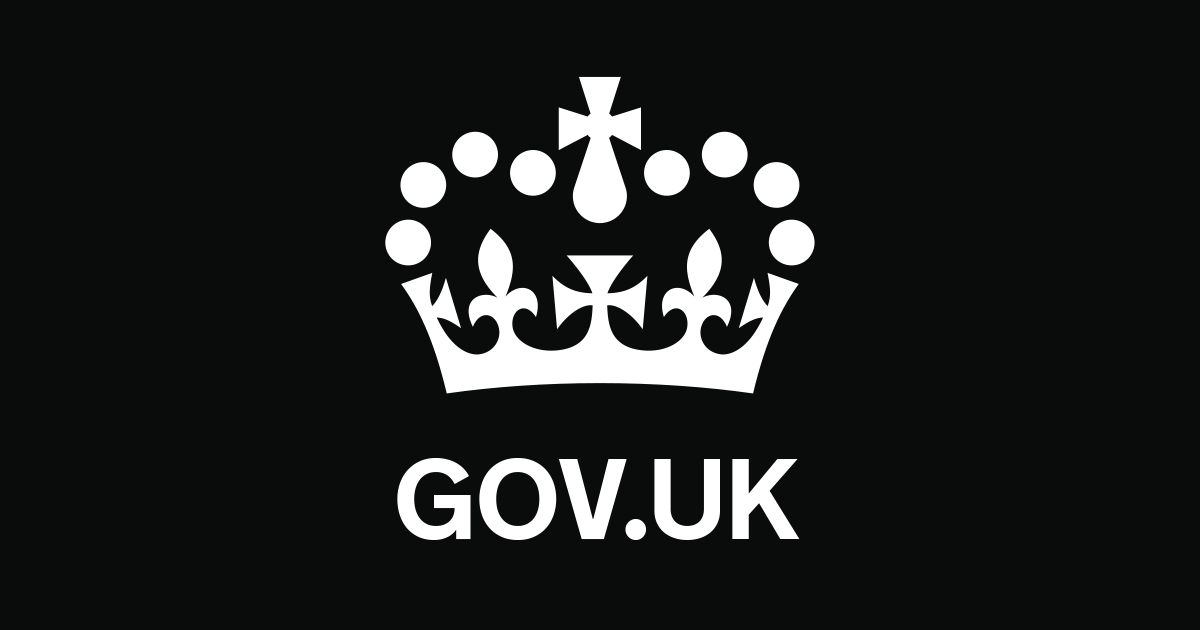Notify HMRC about a tax avoidance scheme
Notifiable arrangements and proposals must be disclosed using forms AAG1, AAG2 or AAG3.
If Apprenticeship Levy is the only relevant tax, to make a disclosure you’ll need to:
- use form AAG1, AAG2 or AAG3
- include in the summary of proposal or arrangements that the disclosure is for Apprenticeship Levy
- fill in the rest of the form as if you’re making a disclosure for Income Tax
- select the appropriate hallmark for Apprenticeship Levy — find information about hallmarks in section 9 of Disclosure of tax avoidance schemes guidance.
To make a disclosure electronically, use the relevant forms:
To make a disclosure by post use the relevant forms:
Completed forms should be sent to:
HM Revenue and Customs
Counter-Avoidance DOTAS Enforcement S0483
Newcastle
NE98 1ZZ
Provision of scheme reference numbers (SRNs) to client
Promoters must use form AAG6 Notification of Scheme Reference Number to provide an SRN to a client.
Provision of SRNs to employees
Employers must use form AAG7 to provide an SRN for an arrangement to an employee where a tax advantage is expected to arise relating to their employment as a result of their use of that arrangement.
Notifying SRNs for Income Tax, Capital Gains Tax, Corporation Tax, Apprenticeship Levy and National Insurance contributions schemes
In most cases the SRN for the arrangement or proposal should be entered in the box provided on the relevant return. However, there may be circumstances where a person is required to disclose an SRN but there is no return. In these circumstances the SRN for the arrangement or proposal should be disclosed on form AAG4 Disclosure of avoidance scheme.
This situation will occur when:
- the person does not have to make a tax return for the relevant period
- the scheme is expected to affect employment liabilities or is for Apprenticeship Levy
- the return will not be submitted by the date the SRN should be notified to HMRC
- the return has already been submitted and did not include the SRN
- there are not enough spaces on the return for all the SRNs which must be reported — only the excess numbers should be entered on form AAG4
- a loss relief claim is being made outside a return — form AAG4 should accompany the claim
Use form AAG4 Disclosure of avoidance scheme to make a notification of SRN by a scheme user electronically.
Use form AAG4 Disclosure of avoidance scheme (notification of SRN by scheme user) to make a notification by post and send to the address on the form.
Notifying SRNs for Stamp Duty Land Tax schemes
To make a notification electronically or by post, use form AAG4(SDLT).
Notifying SRNs for Inheritance Tax schemes
All Inheritance Tax SRNs are notified to HMRC using either the Inheritance Tax account (form IHT100) or on form AAG4(IHT). To decide which form should be used read section 16 of Disclosure of tax avoidance schemes guidance.
To make a notification electronically or by post, use form AAG4(IHT).
Notifying SRNs for Annual Tax on Enveloped Dwellings schemes
In most cases the SRN for the arrangement or proposal should be entered in the box provided on the relevant return. However, there may be circumstances where a person is required to disclose an SRN but is unable to enter that number on a return. In these circumstances the SRN for the arrangement or proposal should be disclosed on form AAG4 Disclosure of avoidance scheme.
This situation will occur when:
- the person does not have to make a return for the relevant period
- the return will not be submitted by the date the SRN should be notified to HMRC
- the return has already been submitted and did not include the SRN
- there are not enough spaces on the return for all the SRNs which must be reported — only the excess numbers should be entered on form AAG4
To make a notification electronically or by post, use the form AAG4(ATED).
Disclosure of details about employees in relation to avoidance schemes
Employers must use form AAG8 to provide information to HMRC about employees where an SRN for an arrangement has been provided to the employer and as a result of their use of that arrangement either:
- the employees might expect to receive a tax advantage
- the employer might expect to receive an advantage in relation to the employment of those employees
This information must be provided by 19 April after the end of each tax year in which a tax advantage is expected to arise.
Submitting forms electronically: data security
By submitting a form to us electronically, your information is secure. The message in our email reply to you is not secure as it could be intercepted and read by people other than those it was intended for. If our response to you contains any personal or confidential information we’ll only reply to you by letter or telephone.
If you have any doubt about the authenticity of an email you receive which claims to come from HMRC, do not follow any links within the email, disclose any personal details or respond to it. Forward it to HMRC, see reporting HMRC related phishing emails.



